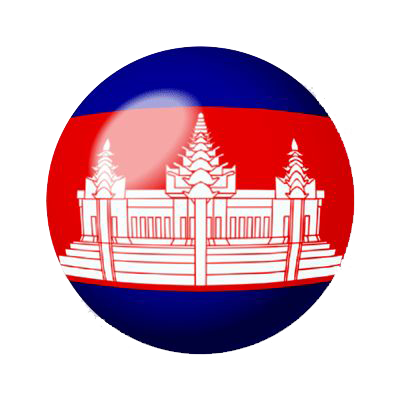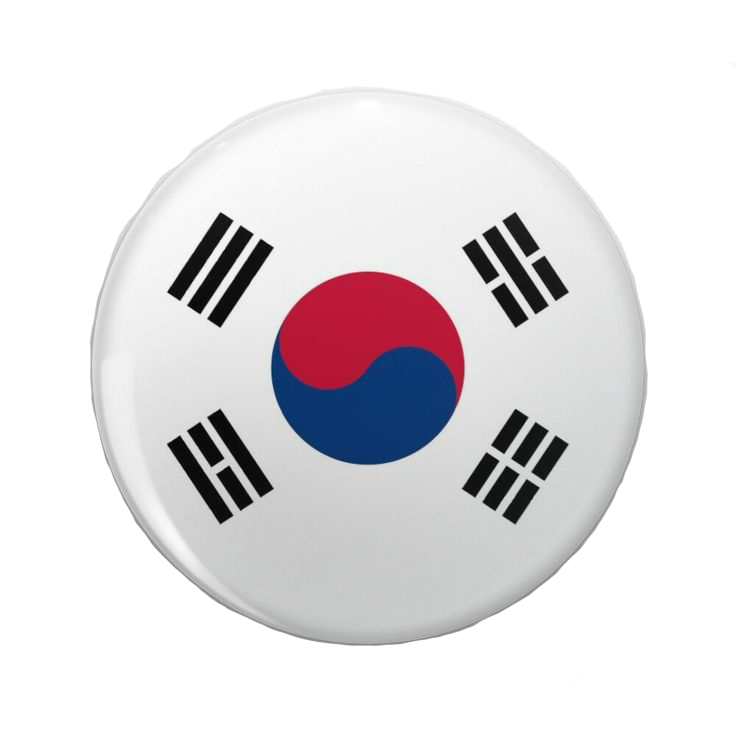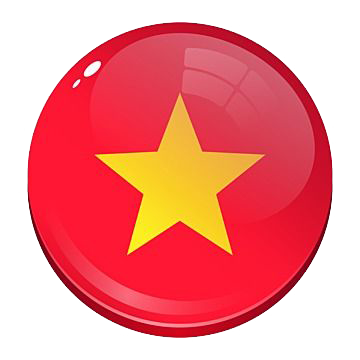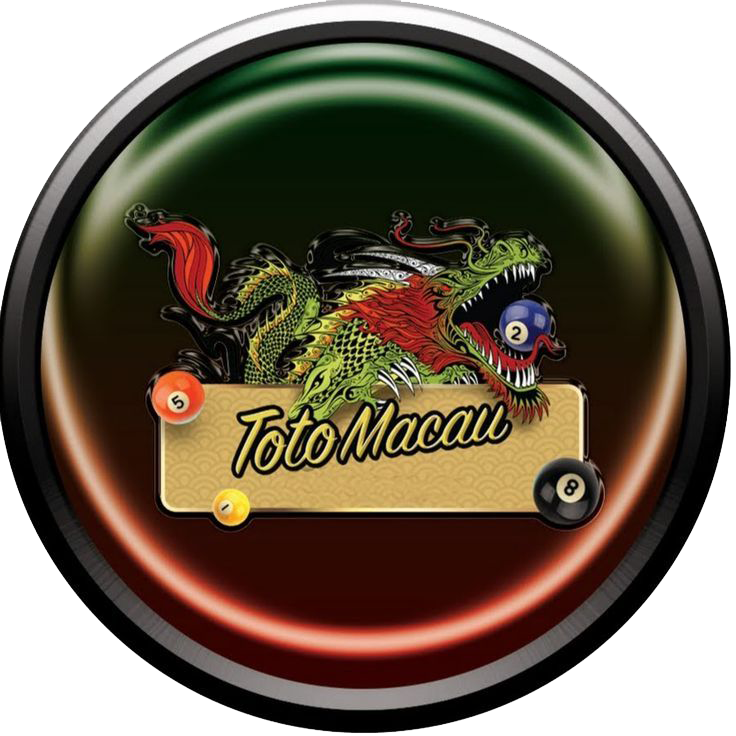Slot Thailand # Link Situs Slot Thailand Super Gacor Hari Ini 2025 Anti Kalah
Slot Thailand tempat di mana budaya eksotis dan peluang menang yang menggiurkan berpadu dalam satu pengalaman bermain yang tak terlupakan! Dengan grafis yang memukau dan efek suara yang menghanyutkan, Anda akan merasakan seolah-olah sedang berada di tengah-tengah festival warna-warni Asia Tenggara. Slot Thailand menawarkan berbagai macam tema yang terinspirasi dari kebudayaan, mitologi, dan keindahan alam Thailand, menjadikannya tidak hanya sekadar permainan, tetapi sebuah perjalanan petualangan.



















